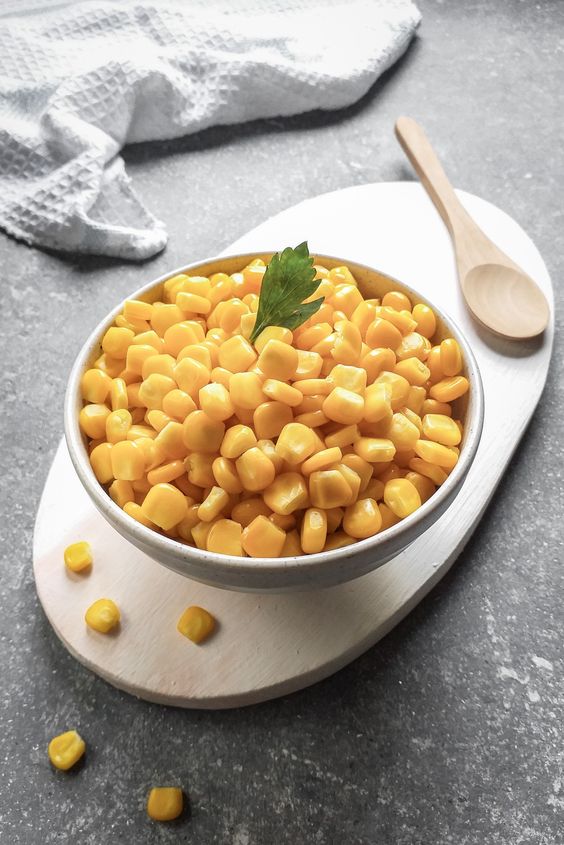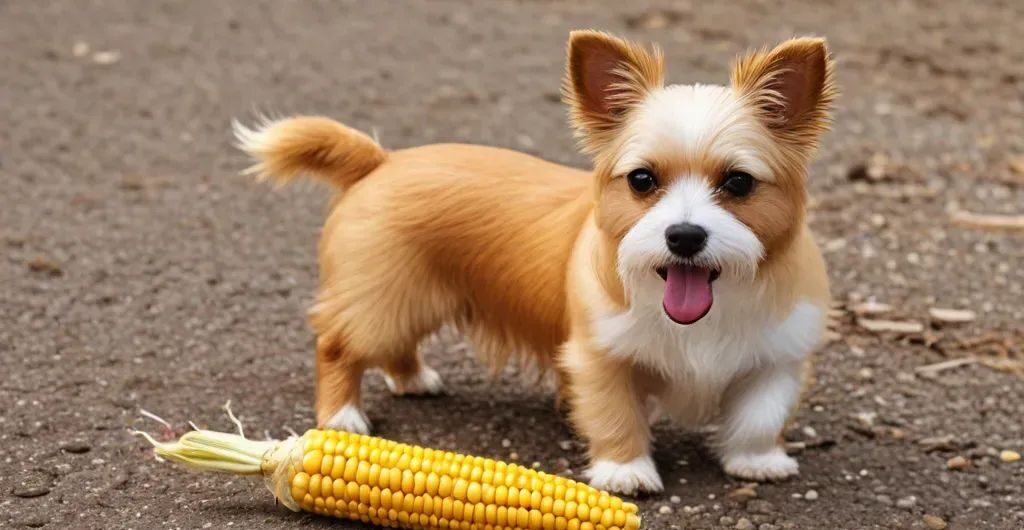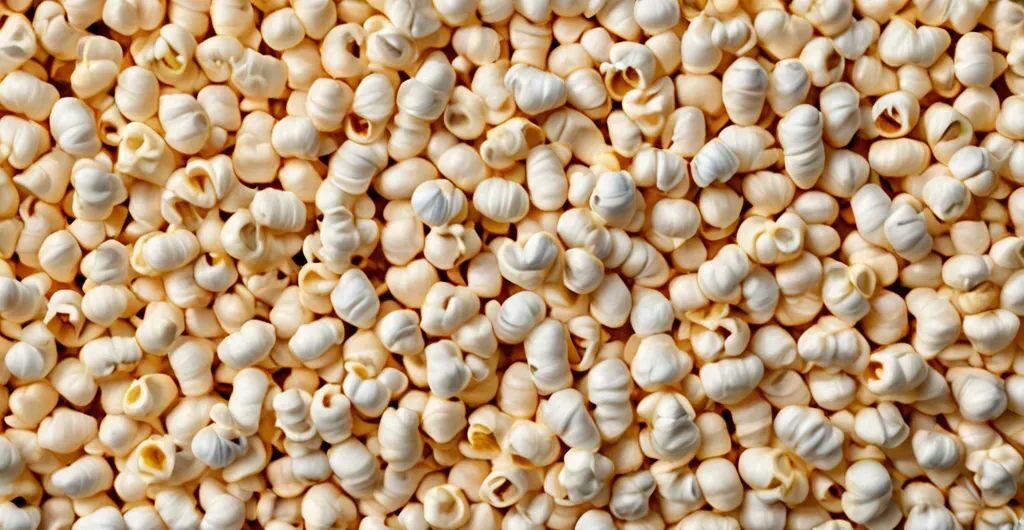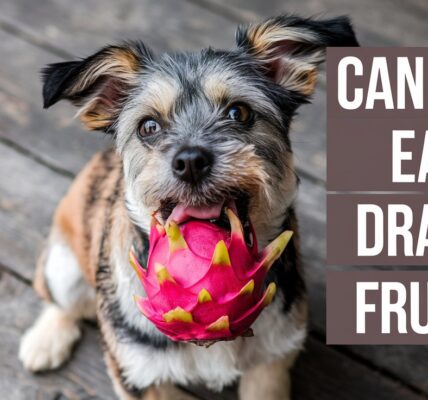Can Dogs Eat Sweetcorn? Top 6 Important Reasons to Limit Sweetcorn in Your Dog’s Diet
Can Dogs Eat Sweetcorn?
Can dogs eat sweetcorn? The quick answer is yes, but with some important considerations. Understanding the nutritional value and potential risks of sweetcorn for dogs can help ensure that your pet stays healthy and happy. When it comes to feeding our furry friends, it’s essential to know what’s safe and beneficial for them.
What is Sweetcorn?

Sweetcorn, also known as corn on the cob, is a type of maize with high sugar content. It’s a popular vegetable enjoyed by many and comes in various forms, including fresh, canned, and frozen. Nutritionally, sweetcorn is rich in vitamins, minerals, and fiber, making it a healthy choice for humans.
Is Sweetcorn Safe for Dogs?
In general, sweetcorn is safe for dogs to eat. However, there are a few misconceptions and precautions to consider. While the kernels themselves can be a healthy addition to your dog’s diet, feeding whole cobs can pose serious risks.
Nutritional Benefits of Sweetcorn for Dogs: Can Dogs Eat Sweetcorn
Sweetcorn, when prepared and fed correctly, can offer several nutritional benefits for dogs. Here’s a closer look at the specific nutrients found in sweetcorn and how they can positively impact your dog’s health:
Vitamins and Minerals
Essential vitamins and minerals are present in a large quantity in sweetcorn, including:
Vitamin B6:
This vitamin is crucial for proper brain function and the production of neurotransmitters.
Vitamin C:
Vitamin C is an antioxidant that Improves and help in maintaining a healthy immune system.
Magnesium:
Essential for muscle and nerve function, and crucial for energy production.
Potassium:
Assists in maintaining fluid balance, muscle contractions, and nerve signaling.
Fiber Content
The fiber in sweetcorn is beneficial for your dog’s digestive health. It aids in:
Digestive Regularity:
Fiber helps to keep your dog’s bowel movements regular, preventing constipation.
Weight Management:
High-fiber foods can help your dog feel full longer, which can aid in weight management.
Gut Health:
Fiber promotes the growth of beneficial bacteria in the gut, supporting overall digestive health.
Antioxidants
Lutein and Zeaxanthin are antioxidants contained by sweetcorn , They are beneficial for:
- Eye Health: These antioxidants help protect the eyes from oxidative damage and can reduce the risk of cataracts and other eye conditions.
- Cell Protection: Antioxidants neutralize free radicals in the body, protecting cells from damage and reducing inflammation.
Carbohydrates
Sweetcorn provides a healthy source of carbohydrates, which are essential for:
- Energy: Carbohydrates are a primary energy source for dogs, supporting their daily activities and overall vitality.
- Brain Function: Carbohydrates produces glucose , Which is essential for proper brain function.
Protein
While not a major source, sweetcorn does contain a small amount of protein, which is important for:
- Muscle Maintenance: Protein helps in building and maintaining muscle mass.
- Tissue Repair: It plays a crucial role in the repair and growth of tissues.

Potential Risks of Feeding Sweetcorn to Dogs: Can Dogs Eat Sweetcorn
While sweetcorn can offer nutritional benefits to dogs, there are potential risks associated with feeding it to them. Being aware of these risks can help you make informed decisions about incorporating sweetcorn into your dog’s diet.
Digestive Issues
Sweetcorn can be hard for some dogs to digest, leading to gastrointestinal problems such as:
Upset Stomach: Symptoms can include vomiting, diarrhea, or general discomfort.
Gas and Bloating: Due to its high fiber content, sweetcorn can cause gas and bloating in some dogs, especially if they are not used to high-fiber foods.
Allergic Reactions
Although rare, some dogs may have an allergy to corn. Signs of an allergic reaction include:
- Itching and Scratching: Excessive itching, licking, or scratching, especially around the face, paws, and ears.
- Gastrointestinal Distress: Vomiting, diarrhea, or abdominal pain.
- Swelling or Hives: Red, swollen, or raised areas on the skin.
If you suspect your dog has an allergy to sweetcorn, discontinue feeding it and consult your veterinarian.
Choking Hazards
Corn on the cob poses a significant choking risk. Dogs may chew on the cob, breaking it into large pieces that can get stuck in their throat or digestive tract. This can lead to:
- Choking: Immediate danger if a piece becomes lodged in the throat.
- Intestinal Blockage: Larger pieces can cause a blockage in the intestines, which may require surgical intervention.
Digestive Obstructions
Even without the cob, sweetcorn kernels can sometimes cause blockages if consumed in large quantities. Dogs with smaller digestive tracts or those prone to swallowing food whole are at higher risk.
Caloric Intake
While sweetcorn can be a healthy treat, it does contain calories. Overfeeding sweetcorn can contribute to:
- Weight Gain: Excessive caloric intake can lead to obesity, particularly in dogs that are not very active.
- Imbalanced Diet: Feeding too much sweetcorn can cause an imbalance in your dog’s diet, potentially leading to nutritional deficiencies.
Preservatives and Additives
If you’re considering canned or processed sweetcorn, be cautious of added ingredients such as:
- Salt: High sodium levels can be harmful to dogs, leading to dehydration and other health issues.
- Sugar: Added sugars are unnecessary and can contribute to weight gain and dental problems.
- Preservatives: Some preservatives and additives can be harmful to dogs, causing allergic reactions or other health problems.
Minimizing Risks
To safely include sweetcorn in your dog’s diet, follow these guidelines:
- Preparation: Always remove the kernels from the cob and serve them plain, without any added butter, salt, or seasonings.
- Moderation: Feed sweetcorn as an occasional treat, not a regular part of the diet.
- Observation: Monitor your dog for any signs of digestive upset or allergic reactions when introducing sweetcorn for the first time.
- Consultation: If you have any concerns or your dog has a known food allergy, consult your veterinarian before adding sweetcorn to their diet.

How to Safely Feed Sweetcorn to Dogs: Can Dogs Eat Sweetcorn
Can dogs eat sweetcorn? To ensure your dog enjoys sweetcorn safely, follow these guidelines. First, always remove the kernels from the cob. Corn cobs can pose a serious choking hazard and may cause intestinal blockages if swallowed. Serve only the kernels, which are safer and easier for your dog to digest.
When preparing sweetcorn for your dog, keep it plain. Avoid adding butter, salt, or any seasonings, as these can be harmful to your dog’s health. Stick to serving boiled or steamed kernels to maintain their nutritional value without introducing unnecessary fats or sodium.
Portion control is crucial. Feed sweetcorn in moderation, as an occasional treat rather than a staple part of your dog’s diet. Overfeeding can lead to digestive issues or contribute to weight gain, especially in less active dogs.
Always monitor your dog after introducing sweetcorn to their diet. Watch for any signs of digestive upset, such as vomiting or diarrhea, and check for allergic reactions like itching, swelling, or hives. If you notice any adverse reactions, discontinue feeding sweetcorn and consult your veterinarian.
Finally, consider your dog’s overall diet and health conditions. If your dog has specific dietary needs or known food allergies, consult with your veterinarian before adding sweetcorn to their diet. By following these steps, you can safely incorporate sweetcorn into your dog’s diet, allowing them to enjoy its benefits without unnecessary risks.
Sweetcorn vs. Corn on the Cob
| Aspect | Sweetcorn Kernels | Corn on the Cob |
|---|---|---|
| Safety | Generally safe when fed properly | Poses a significant choking hazard |
| Digestibility | Easier to digest for most dogs | Difficult to digest, can cause blockages |
| Preparation | Remove kernels from the cob, serve plain | Must be removed from the cob before feeding |
| Nutritional Benefits | Provides fiber, vitamins, and antioxidants | Same nutrients but with added risks |
| Choking Risk | Low when served as kernels | High risk due to potential ingestion of cob |
| Portion Control | Easier to measure and control portions | Harder to control portions |
| Allergic Reactions | Possible, but less likely than with the cob | Can cause allergic reactions similarly |
| Caloric Intake | Moderate, depends on amount given | Same caloric content but with added risks |
| Potential Health Issues | Minimal when fed in moderation | High risk of intestinal blockage, choking |
| Convenience | Easier to serve and monitor | Requires careful preparation and supervision |

Jahanzaib Kaleem is a passionate and knowledgeable pet writer and veterinarian dedicated to enhancing the well-being of pets and educating pet owners around the world. With years of experience in veterinary medicine and a deep love for animals, Jahanzaib combines his medical expertise with a flair for writing to deliver insightful and practical advice on pet care.








1 COMMENTS